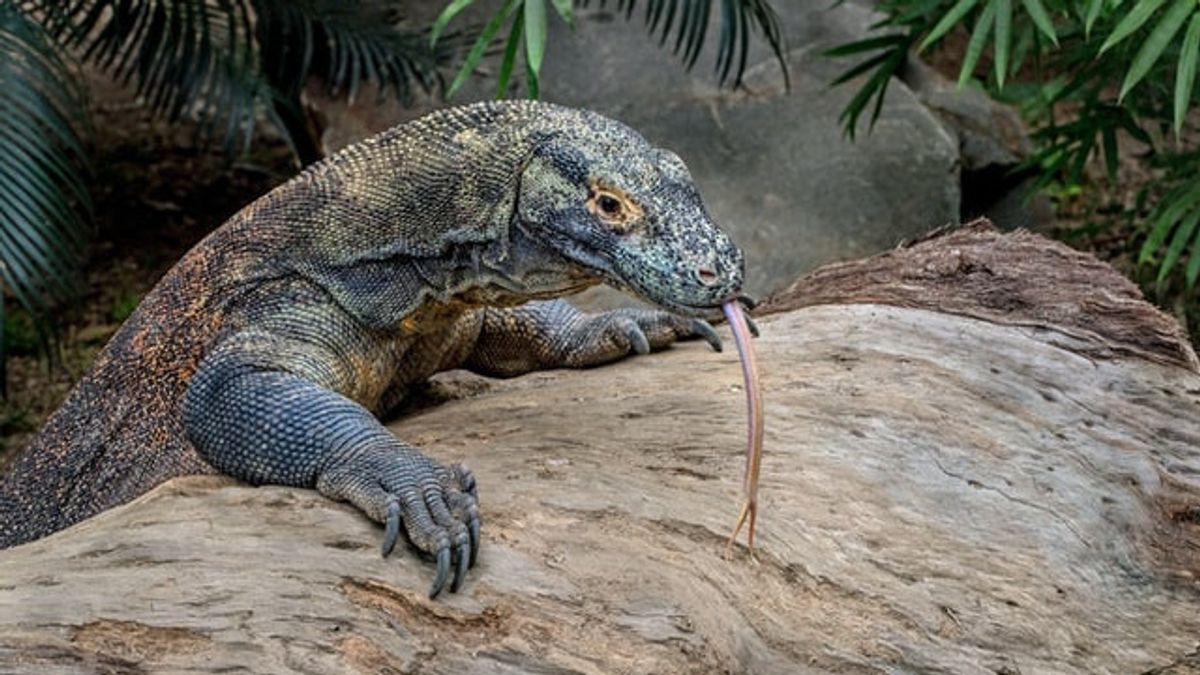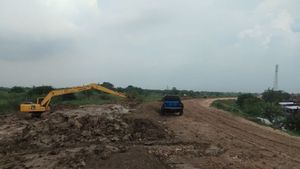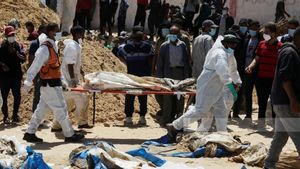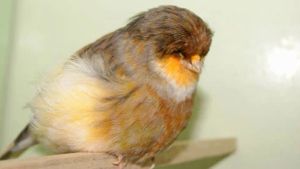
JAKARTA - The government continues to encourage Komodo Island, East Nusa Tenggara (NTT) to become a premium or upscale tourist area. This is because the Komodo National Park (TNK) has the potential and high selling value. However, this plan was rejected by various parties.
The Coordinating Minister for Maritime Affairs and Investment Luhut Binsar Pandjaitan emphasized that the government will continue to build and promote tourism projects on Komodo Island. The reason, because Komodo only exists in Indonesia.
"Because I think Komodo Island is the only one in the world, so we have to sell it," he said, at the National Coordination Meeting for the Acceleration of the Development of Five Super Priority Tourism Destinations (DPSP) virtually, Friday, November 27.
The purpose of selling what Luhut conveyed was to make Komodo Island a premium or high-class tourist destination. However, he emphasized that the development of these tourist destinations will consider the preservation of nature, especially Komodo itself.
Luhut dismissed the opinion of a number of people who considered that the development of Komodo Tourism was not taking care of Komodo habitat.
"Because people do not like it or, frankly, underestimate us. When the governor's decision was consolidated, it was considered that we did not take care of it, instead we took care of the point," he said.

Luhut said the government would make Komodo National Park a 6-star class identification at a high price. Currently, the government is still considering which islands to build first-class facilities there.
"We have Rinca Island and Komodo Island, later we will decide which islands have a lot (tourists), massive tourists and which islands we make six stars. If people want to come there, they have to pay dearly," he said.
Luhut admitted that this project is commercial in nature. However, he emphasized, the main goal is to provide care for these rare animals.
"We have to be commercial because we want to take care of this animal, because so that this animal has DNA we can keep it," he said.
In developing Komodo Island tourism, the Coordinating Ministry for Marves will hold an integrated meeting with the Ministry of Environment and Forestry, Kemenparekraf, local government and Labuan Bajo authorities.
"We sit down, we formulate and we revise the proposal at the same time. I ask my friends to look at the Presidential Decree, what else we made to cover everything. So that the world does not think we are rich," he said.
Luhut also advised the NTT Governor to appoint a global consultant who has experience managing premium tourism to manage Komodo Island tourism.
"My advice, Mr. Governor, is up to the people who are experts in the world managing premium tourism like this. So managing Rinca Island, Komodo Island is up to you, maybe the Governor and the team know better," he said.

Komodo Island Tourism some time ago got excited on social media after a photo of a Komodo dragon blocking the speed of a truck on Rinca Island which was included in the KNP. It was later discovered that the truck was part of the construction of the Geopark project or the so-called 'Jurassic Park' in KNP.
Various elements of society raised their voices, criticizing the construction of the Geopark. One of the strongest reasons put forward is the status of KNP as a nature conservation area. It is feared that the construction of the project will threaten the life of this rare animal with the Latin name Veranus Komodoensi.
The hashtag #savekomodo also became the most popular topic on Twitter some time ago. In fact, hundreds of petitions against the construction of 'Jurassic Park' at TMK were also busy.
Secretary General of the Consortium for Agrarian Reform (KPA) Dewi Kartika said that a large-scale tourism development on Komodo Island could have social, economic and political impacts. In fact, this development also has the potential to erase the traditions and culture of the local people who have had interactions with Komodo dragons.
Dewi Kartika also added that the relationship between the people of Komodo Island and the Komodo dragons cannot be separated from one another. The reason is, according to him, the people there have strong ties with the Komodo dragon.
In line with Dewi, Deputy Chairman of Commission IV DPR RI Dedi Mulyadi reminded the government not to ignore the safety and interests of dragons in building a 'Jurassic Park' in the KNP area, West Manggarai Regency.
He said the government should not only think about profit from investment but also must care about the survival of the Komodo dragon.
"The development carried out must not be against the wishes of the Komodo dragon, the desires of the place, the desires of its nature, the desire for its food sources, the desire for marriage, the desire to lay eggs, the desire to hatch them, and the desire to continue to develop," he said, at a meeting of Commission IV DPR RI at the Parliament Complex, Jakarta, Monday, November 23rd.
The name 'Jurassic Park' was coined by Luhut in 2019. Luhut said the 'Jurassic Park' project will be equipped with a research center to an executive accommodation. Luhut said that Komodo Island will become a limited tourist area with an entrance ticket fee of 1,000 US dollars.
The construction of a 'Jurassic Park' on Rinca Island is part of the infrastructure development of the Labuan Bajo National Strategic Tourism Area (KSPN) in NTT Province. The government plans to make KNP as world class tourism and attract investment.

Komodo dragons which have another name varanus komodoensis not only live and breed on Komodo Island, but also on Rinca Island, Gli Motang, and several other small islands in the Komodo National Park (TNK) and the mainland of Flores Island.
The only rare animal in the world was first discovered on the island of Komodo by the Dutch explorer JKH Van Steyn around 1910. Van Steyn uploaded and spread the existence of the island of 'crocodiles' around the world through his photos.
The news reached the Head of the Bogor Zoological Museum in PA Owens. In 1912, Owens published a scientific paper on the documentation of the Komodo dragon that was disseminated by the explorer.
Until finally, a scientific journal entitled 'On a Large Varanus Species from an Island of Komodo' was published. The journal forms part of the New York Botanical Garden library.
Through the scientific journal PA Ownes, the existence of Komodo dragons is increasingly global. In 1926 an explorer named W Douglas Burden set out on an expedition to find the "crocodile" island.
From the results of his exploration, W Douglas Burden brought 12 preserved Komodo dragons and two others were still alive. Three of the 12 preserved Komodo dragons were finally exhibited at the American Museum of Natural History. Douglas is a figure who popularized the term Komodo Dragon for Komodo.
In 1960 another long-term expedition was planned. This time it was done by the Auffenberg family. The family lived on Komodo Island for 11 months. During the expedition, Walter Auffenberg and his assistants captured and tagged more than 50 Komodo dragons.
The results of the Auffenberg expedition are considered to be very influential in increasing the Komodo dragon population in captivity. Auffenberg conducted research with the assistance of a biologist named Claudio Ciofi and succeeded in explaining the nature of the Komodo dragon.
The study said, the evolutionary development of the Komodo dragon began 40 million years ago. The wildlife is said to have originated from Asia and migrated to Australia.
To protect this endemic animal species, Indonesia then established the Komodo National Park (TNK) in 1980. In 1991, KNP was accepted as a world heritage site by the United Nations of Educational, Scientific, and Cultural Organization (UNESCO).
Then, on November 11, 2011, KNP was finally designated as one of the 7 wonders of the world along with the Amazon Forest, Halong Bay, Iguazu Falls, Jeju Island, Puerto Princesa Underground River, and Table Mountain.
The English, Chinese, Japanese, Arabic, and French versions are automatically generated by the AI. So there may still be inaccuracies in translating, please always see Indonesian as our main language. (system supported by DigitalSiber.id)









